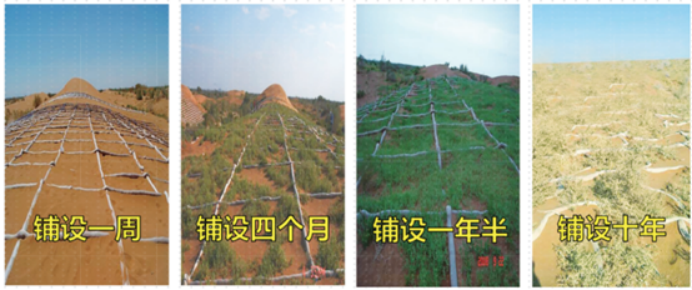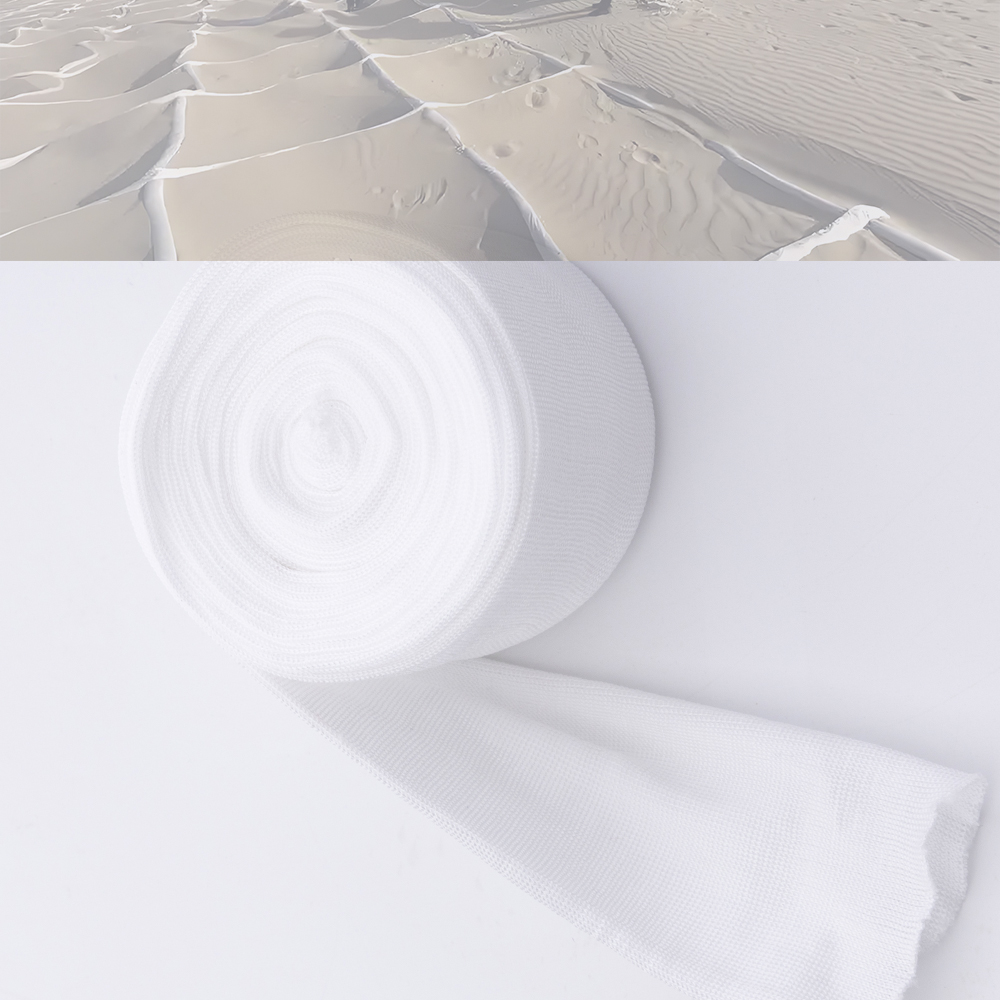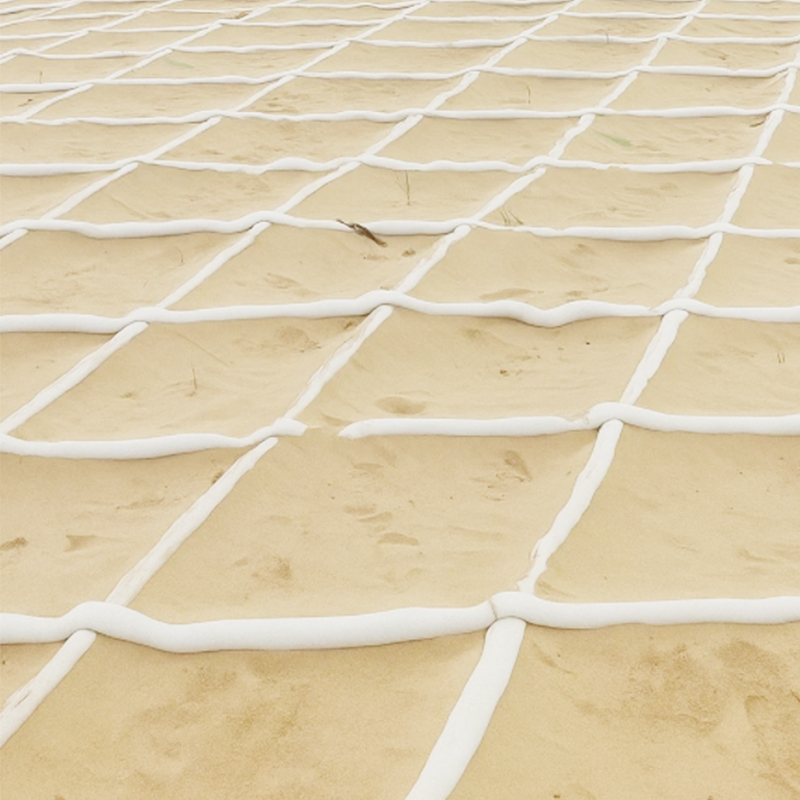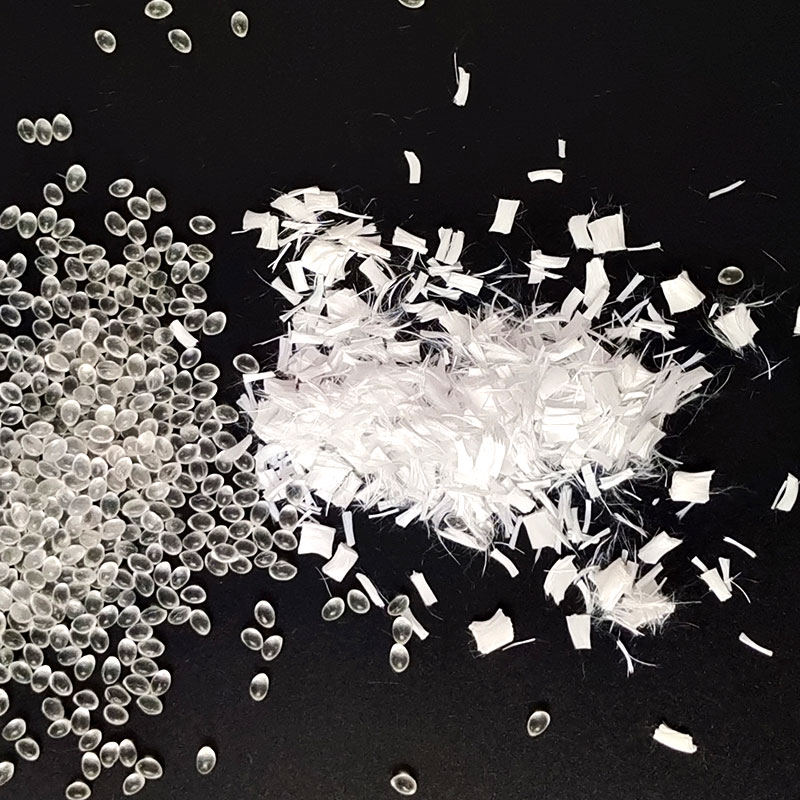Projeto "Três-Norte" Tecnologias práticas
Comprehensive Governance of the “Three-North” Project: Innovative Green Sand Control Technology Using Biodegradable Polylactic Acid (PLA) Sandbags and Sand Barriers
Editor’s Note
To fully harness the role of science and technology as a new driving force in the “Three-North” Project, and to ensure that technological achievements are implemented on the frontlines, the Chinese Academy of Forestry has identified key ecological challenges in the “Three-North” region—bottlenecks, obstacles, and pain points—and leveraged its mature and systematic technological capabilities.
The result is the compilation “100 Practical Technological Achievements in the ‘Three-North’ Project”, covering high-quality adapted plant varieties, sand prevention and control technologies and models, ecological restoration products and equipment, as well as industrial development strategies and solutions.
The compilation includes:
- 30 achievements for the Yellow River “Great Bend” campaign area
- 15 achievements for the Horqin and Hunshandake Sandy Land eradication areas
- 18 achievements for the Hexi Corridor–Taklamakan Desert edge containment areas
- 37 achievements for comprehensive governance across the entire “Three-North” region
These achievements have already been demonstrated and promoted in relevant areas of the “Three-North” Project, producing significant ecological and economic benefits, and providing strong scientific and technological support to secure victory in the project’s critical battles.
Today’s feature: “Comprehensive Governance of the ‘Three-North’ Project: Innovative Green Sand Control Technology Using Biodegradable PLA Sandbags and Sand Barriers.”
Comprehensive Governance of the “Three-North” Project: Innovative Green Sand Control Technology Using Biodegradable PLA Sandbags and Sand Barriers
The Hualin Center, guided by the concepts of “controlling sand with sand” and a full-industry-chain low-carbon approach, has developed a green sand control technology using plant-based, low-carbon-footprint polylactic acid (PLA) materials. These barrier materials are fully biodegradable into CO₂ and water.
This achievement features an original fiber manufacturing process combined with an internal tube filling technique, resulting in barrier structures with outstanding resistance to undercutting erosion and stable wind-eroded concave surfaces. The technology can reduce near-surface wind speeds by 40% and sand transport by 50%, delivering remarkable results in windbreak, sand fixation, and vegetation restoration.
The technology has been successfully demonstrated and promoted across more than 60,000 mu (approximately 4,000 hectares) in diverse climatic zones in Inner Mongolia, Qinghai, Gansu, Xinjiang, and Shaanxi, as well as internationally in Mauritania, Africa. It has reduced annual usage costs by over 50%, directly generating more than 60 million RMB in economic savings. Compared with PVC sand barriers, greenhouse gas emissions are reduced by a factor of 2.8. This provides an innovative sand control solution that integrates green, low-carbon principles with biodiversity-friendly practices.
Comprehensive Governance of the “Three-North” Project: Innovative Green Sand Control Technology Using Biodegradable PLA Sandbags and Sand Barriers
The Hualin Center, guided by the concepts of “controlling sand with sand” and a full-industry-chain low-carbon approach, has developed a green sand control technology using plant-based, low-carbon-footprint polylactic acid (PLA) materials. These barrier materials are fully biodegradable into CO₂ and water.
This achievement features an original fiber manufacturing process combined with an internal tube filling technique, resulting in barrier structures with outstanding resistance to undercutting erosion and stable wind-eroded concave surfaces. The technology can reduce near-surface wind speeds by 40% and sand transport by 50%, delivering remarkable results in windbreak, sand fixation, and vegetation restoration.
The technology has been successfully demonstrated and promoted across more than 60,000 mu (approximately 4,000 hectares) in diverse climatic zones in Inner Mongolia, Qinghai, Gansu, Xinjiang, and Shaanxi, as well as internationally in Mauritania, Africa. It has reduced annual usage costs by over 50%, directly generating more than 60 million RMB in economic savings. Compared with PVC sand barriers, greenhouse gas emissions are reduced by a factor of 2.8. This provides an innovative sand control solution that integrates green, low-carbon principles with biodiversity-friendly practices.





